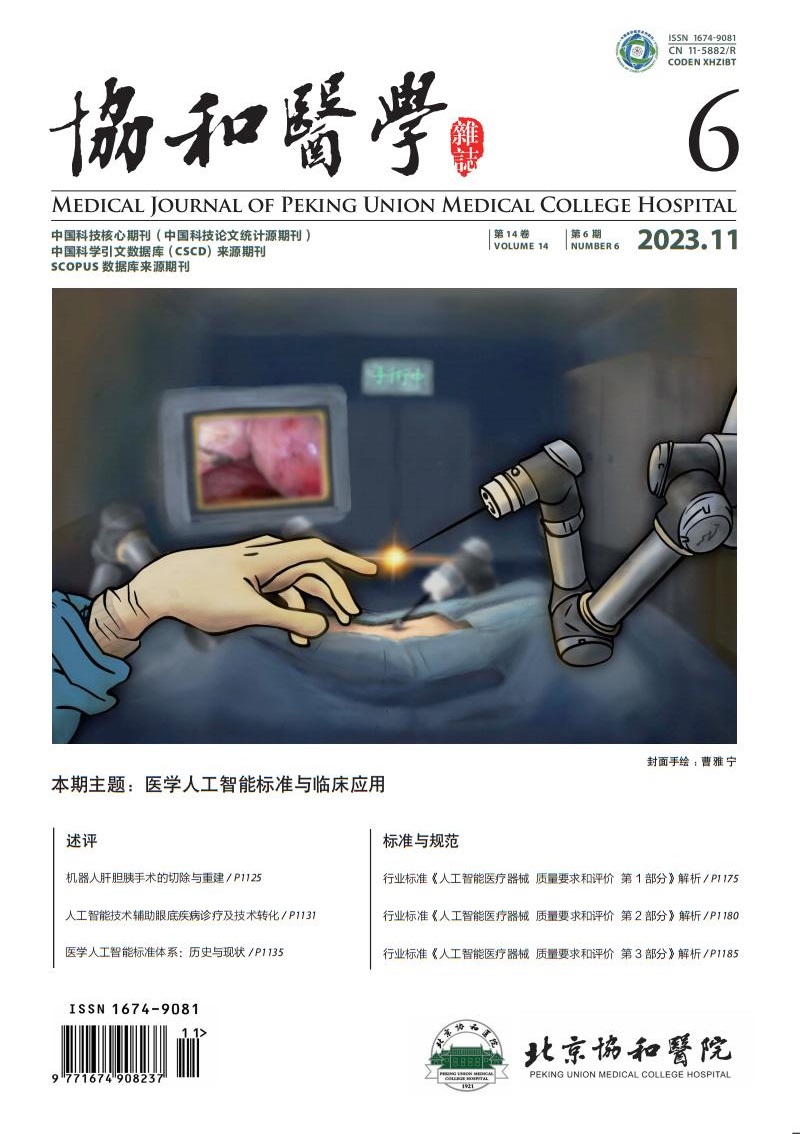Y. Jiao, M. Qin, B. Hu, H. Pan, Gan Sun, S. Chen, W. Zhu
{"title":"2019冠状病毒大流行期间北京协和医院开展远程医疗服务的成本分析","authors":"Y. Jiao, M. Qin, B. Hu, H. Pan, Gan Sun, S. Chen, W. Zhu","doi":"10.12290/xhyxzz.20200168","DOIUrl":null,"url":null,"abstract":"Objective To assess the cost of launching telemedicine services by Peking Union Medical College Hospital (PUMCH) during coronavirus disease 2019 pandemic. Methods The patients using telemedicine services were enrolled during the period of pilot run from February 10th to April 15th, 2020. The study was done from the social perspective. A decision-tree model was constructed to compare the costs between telemedicine services and conventional clinical services for outpatients. The main outcome was measured as incre- mental cost-effective ness ratios (ICER). Sensitivity analysis was conducted by using one-way sensitivity analysis. Results During a period of forty-seven days, the online fever clinic was applied 3055 person-times(2070 patients) and the online outpatient clinic were applied 36 549 person-times(20 467 patients). On average, 44 febrile cases/d and 435 nonfebrile cases/d were reduced in the outpatient clinic. It helped to reduce roughly 1/4 (febrile) and 1/5(nonfebrile) of total numbers of the patients in the outpatient clinic during the peak period of the epidemic. If calculated according to the actual free-of-charge condition, the ICER was -64.7 yuans/person-time. If the actual cost of each consultant of telemedicine service was estimated according to the level of outpatient-service fee, the ICER was -5.5 yuans/person-time. The results of sensitivity analysis showed that the main factors affecting the ICERs were transportation cost, lost wages, and the efficiency of telemedicine services. Conclusions Launching telemedicine services helped to relieve the pressure at the outpatient clinics, and has the potential to provide significant cost saving compared to conventional clinic services for outpatients. It is worth considering applying this practice widely in the medical and health services. © 2021, Peking Union Medical College Hospital. All rights reserved.","PeriodicalId":61294,"journal":{"name":"协和医学杂志","volume":"35 1","pages":"49-53"},"PeriodicalIF":0.0000,"publicationDate":"2021-01-01","publicationTypes":"Journal Article","fieldsOfStudy":null,"isOpenAccess":false,"openAccessPdf":"","citationCount":"0","resultStr":"{\"title\":\"Cost analysis of launching telemedicine services by Peking union Medicalcollege hospital during the pandemic of Coronavirus disease 2019\",\"authors\":\"Y. Jiao, M. Qin, B. Hu, H. Pan, Gan Sun, S. Chen, W. Zhu\",\"doi\":\"10.12290/xhyxzz.20200168\",\"DOIUrl\":null,\"url\":null,\"abstract\":\"Objective To assess the cost of launching telemedicine services by Peking Union Medical College Hospital (PUMCH) during coronavirus disease 2019 pandemic. Methods The patients using telemedicine services were enrolled during the period of pilot run from February 10th to April 15th, 2020. The study was done from the social perspective. A decision-tree model was constructed to compare the costs between telemedicine services and conventional clinical services for outpatients. The main outcome was measured as incre- mental cost-effective ness ratios (ICER). Sensitivity analysis was conducted by using one-way sensitivity analysis. Results During a period of forty-seven days, the online fever clinic was applied 3055 person-times(2070 patients) and the online outpatient clinic were applied 36 549 person-times(20 467 patients). On average, 44 febrile cases/d and 435 nonfebrile cases/d were reduced in the outpatient clinic. It helped to reduce roughly 1/4 (febrile) and 1/5(nonfebrile) of total numbers of the patients in the outpatient clinic during the peak period of the epidemic. If calculated according to the actual free-of-charge condition, the ICER was -64.7 yuans/person-time. If the actual cost of each consultant of telemedicine service was estimated according to the level of outpatient-service fee, the ICER was -5.5 yuans/person-time. The results of sensitivity analysis showed that the main factors affecting the ICERs were transportation cost, lost wages, and the efficiency of telemedicine services. Conclusions Launching telemedicine services helped to relieve the pressure at the outpatient clinics, and has the potential to provide significant cost saving compared to conventional clinic services for outpatients. It is worth considering applying this practice widely in the medical and health services. © 2021, Peking Union Medical College Hospital. All rights reserved.\",\"PeriodicalId\":61294,\"journal\":{\"name\":\"协和医学杂志\",\"volume\":\"35 1\",\"pages\":\"49-53\"},\"PeriodicalIF\":0.0000,\"publicationDate\":\"2021-01-01\",\"publicationTypes\":\"Journal Article\",\"fieldsOfStudy\":null,\"isOpenAccess\":false,\"openAccessPdf\":\"\",\"citationCount\":\"0\",\"resultStr\":null,\"platform\":\"Semanticscholar\",\"paperid\":null,\"PeriodicalName\":\"协和医学杂志\",\"FirstCategoryId\":\"3\",\"ListUrlMain\":\"https://doi.org/10.12290/xhyxzz.20200168\",\"RegionNum\":0,\"RegionCategory\":null,\"ArticlePicture\":[],\"TitleCN\":null,\"AbstractTextCN\":null,\"PMCID\":null,\"EPubDate\":\"\",\"PubModel\":\"\",\"JCR\":\"\",\"JCRName\":\"\",\"Score\":null,\"Total\":0}","platform":"Semanticscholar","paperid":null,"PeriodicalName":"协和医学杂志","FirstCategoryId":"3","ListUrlMain":"https://doi.org/10.12290/xhyxzz.20200168","RegionNum":0,"RegionCategory":null,"ArticlePicture":[],"TitleCN":null,"AbstractTextCN":null,"PMCID":null,"EPubDate":"","PubModel":"","JCR":"","JCRName":"","Score":null,"Total":0}
引用次数: 0
Cost analysis of launching telemedicine services by Peking union Medicalcollege hospital during the pandemic of Coronavirus disease 2019
Objective To assess the cost of launching telemedicine services by Peking Union Medical College Hospital (PUMCH) during coronavirus disease 2019 pandemic. Methods The patients using telemedicine services were enrolled during the period of pilot run from February 10th to April 15th, 2020. The study was done from the social perspective. A decision-tree model was constructed to compare the costs between telemedicine services and conventional clinical services for outpatients. The main outcome was measured as incre- mental cost-effective ness ratios (ICER). Sensitivity analysis was conducted by using one-way sensitivity analysis. Results During a period of forty-seven days, the online fever clinic was applied 3055 person-times(2070 patients) and the online outpatient clinic were applied 36 549 person-times(20 467 patients). On average, 44 febrile cases/d and 435 nonfebrile cases/d were reduced in the outpatient clinic. It helped to reduce roughly 1/4 (febrile) and 1/5(nonfebrile) of total numbers of the patients in the outpatient clinic during the peak period of the epidemic. If calculated according to the actual free-of-charge condition, the ICER was -64.7 yuans/person-time. If the actual cost of each consultant of telemedicine service was estimated according to the level of outpatient-service fee, the ICER was -5.5 yuans/person-time. The results of sensitivity analysis showed that the main factors affecting the ICERs were transportation cost, lost wages, and the efficiency of telemedicine services. Conclusions Launching telemedicine services helped to relieve the pressure at the outpatient clinics, and has the potential to provide significant cost saving compared to conventional clinic services for outpatients. It is worth considering applying this practice widely in the medical and health services. © 2021, Peking Union Medical College Hospital. All rights reserved.

 求助内容:
求助内容: 应助结果提醒方式:
应助结果提醒方式:


